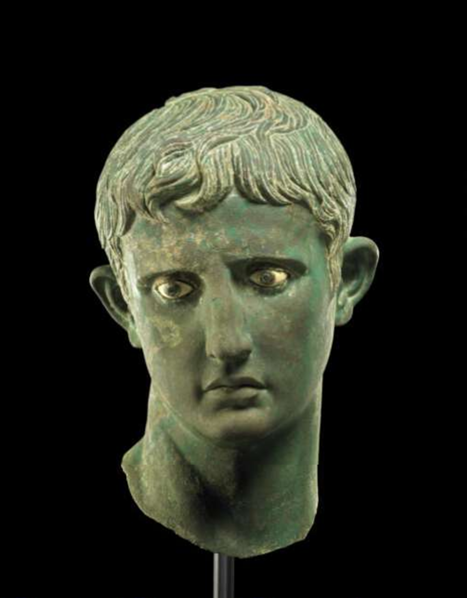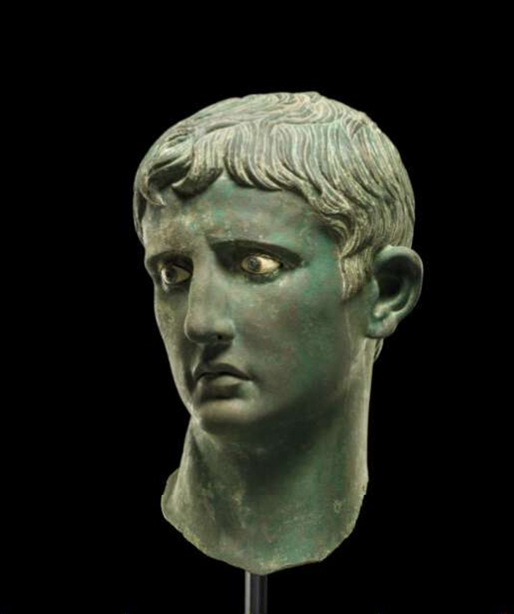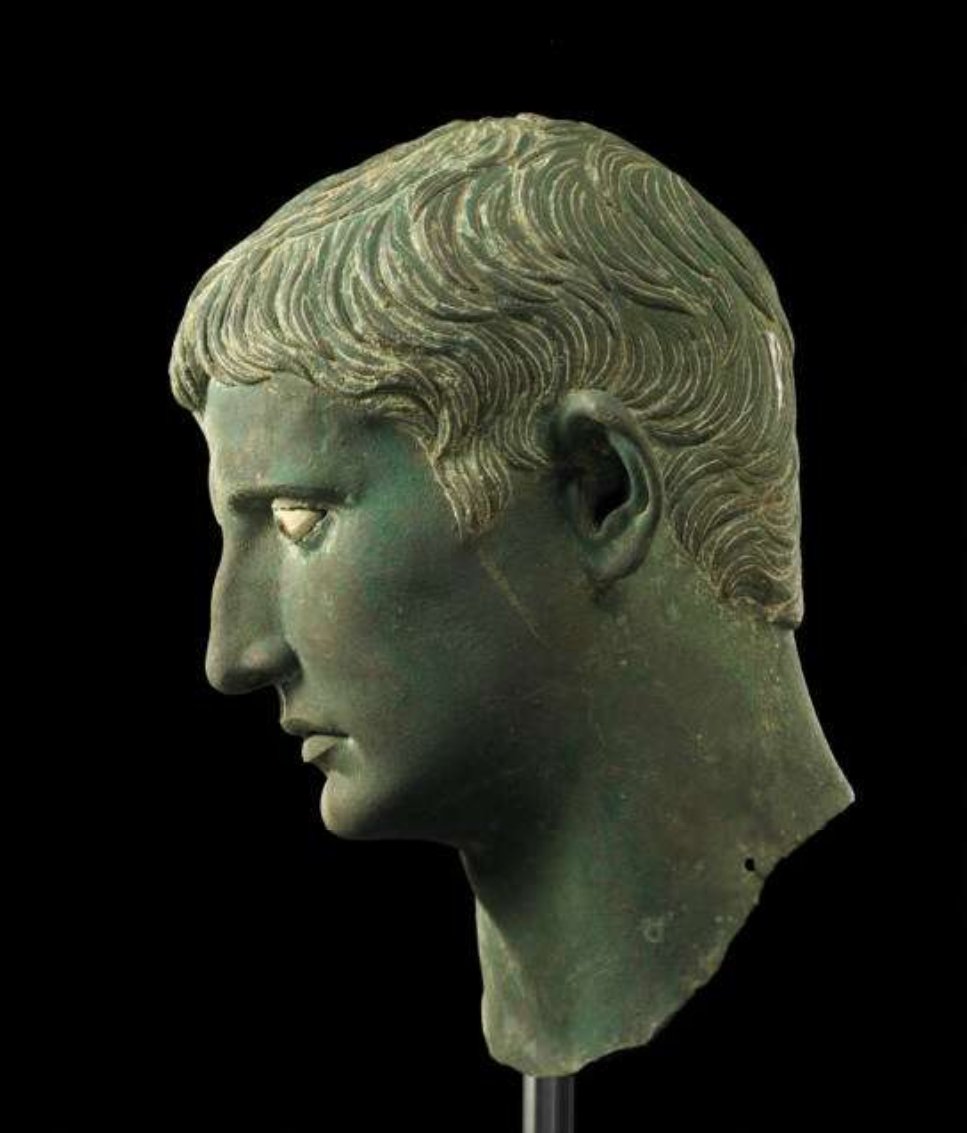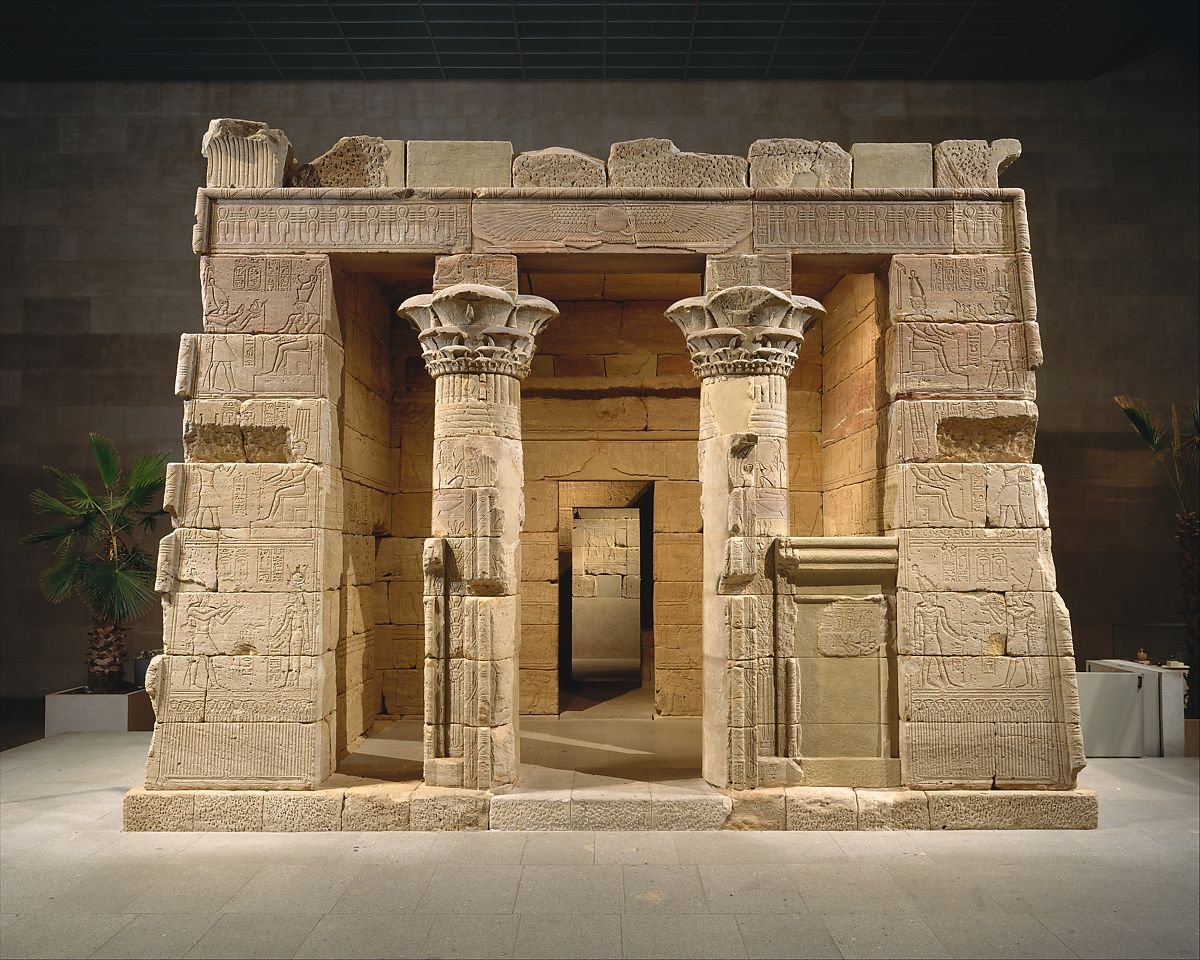Ancient Artefact of the Day: The Meroë Head
A bronze portrait head of the Emperor Augustus, which was excavated at Meroë, where it had been deposited as a victory token by the Kushite Candace, Amanirenas. #AAOTD #Roman #Kush
Image: British Museum (1911,0901.1)
A bronze portrait head of the Emperor Augustus, which was excavated at Meroë, where it had been deposited as a victory token by the Kushite Candace, Amanirenas. #AAOTD #Roman #Kush
Image: British Museum (1911,0901.1)
The head likely comes from one of a series of statues that Augustus had set up in Egypt following his victories over Antony and Cleopatra. The modelling of the head in bronze, with eyes of glass and calcite, was designed to communicate power to the newly acquired Egypt.
The message of power, however, was more apparent than the reality, at least for Amanirenas, Queen of Kush. This powerful independent Queen led a series of raids into Roman Egypt in 25 BC, taking plunder back to Kush, including this statue head.
The head remained there, deposited beneath the steps of the Kushite temple, so that as Amanirenas crossed the threshold she would always be stepping on and over the Roman Emperor she had defeated.
Eventually the hostilities between the two forces would be brought to an end in late 21 BC with the Treaty of Samos which set a formal border between the two territories. In the years that followed this, Augustus would construct a series of Egyptian-styled temples...
...some of which also paid honour to the rulers of the neighbouring kingdoms, such as the The Temple of Dendur, which was completed ca. 10 BC.
Image: Metropolitan Museum of Art, New York (68.154)
Image: Metropolitan Museum of Art, New York (68.154)
For more on this structure and its connections with Kush, see:
SCHORK, R. J. “The Dendur Temple in New York: The Gallus Connection.” Arion: A Journal of Humanities and the Classics, vol. 18, no. 3, 2011, pp. 93–105.
http://www.jstor.org/stable/41308547
#AAOTD #Augustus
SCHORK, R. J. “The Dendur Temple in New York: The Gallus Connection.” Arion: A Journal of Humanities and the Classics, vol. 18, no. 3, 2011, pp. 93–105.
http://www.jstor.org/stable/41308547
#AAOTD #Augustus

 Read on Twitter
Read on Twitter






